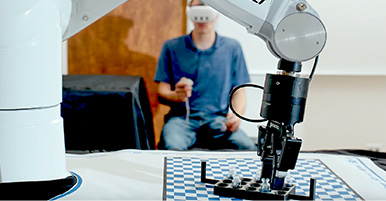Citation
Bigelow TA, Church CC, Sandstrom K, Abbott JG, Ziskin MC, Edmonds PD, Herman B, Thomenius KE, Teo TJ. The thermal index: its strengths, weaknesses, and proposed improvements. J Ultrasound Med. 2011 May;30(5):714-34. doi: 10.7863/jum.2011.30.5.714. PMID: 21527623.
Abstract
The thermal index (TI) has been used as a relative indicator of thermal risk during diagnostic ultrasound examinations for many years. It is useful in providing feedback to the clinician or sonographer, allowing assessment of relative, potential risks to the patient of an adverse effect due to a thermal mechanism. Recently, several shortcomings of the TI formulations in quantifying the risk to the patient have been identified by members of the basic scientific community, and possible improvements to address these shortcomings have been proposed. For this reason, the Output Standards Subcommittee of the American Institute of Ultrasound in Medicine convened a subcommittee to review the strengths of the TI formulations as well as their weaknesses and proposed improvements. This article summarizes the findings of this subcommittee. After a careful review of the literature and an assessment of the cost of updating the TI formulations while maximizing the quality of patient care, the Output Standards Subcommittee makes the following recommendations: (1) some inconsistencies in the current TI formulations should be resolved, and the break point distance should be redefined to take focusing into consideration; (2) an entirely new indicator of thermal risk that incorporates the time dependence not be implemented at this time but be included in continuing efforts toward standards or consensus documents; (3) the exponential dependence of risk on temperature not be incorporated into a new definition of the TI formulations at this time but be included in continuing efforts toward standards or consensus documents; (4) the TI formulations not be altered to include nonlinear propagation at this time but be included in continuing efforts toward standards or consensus documents; and (5) a new indicator for risk from thermal mechanisms should be developed, distinct from the traditional TI formulations, for new imaging modalities such as acoustic radiation force impulse imaging, which have more complicated pulsing sequences than traditional imaging.


